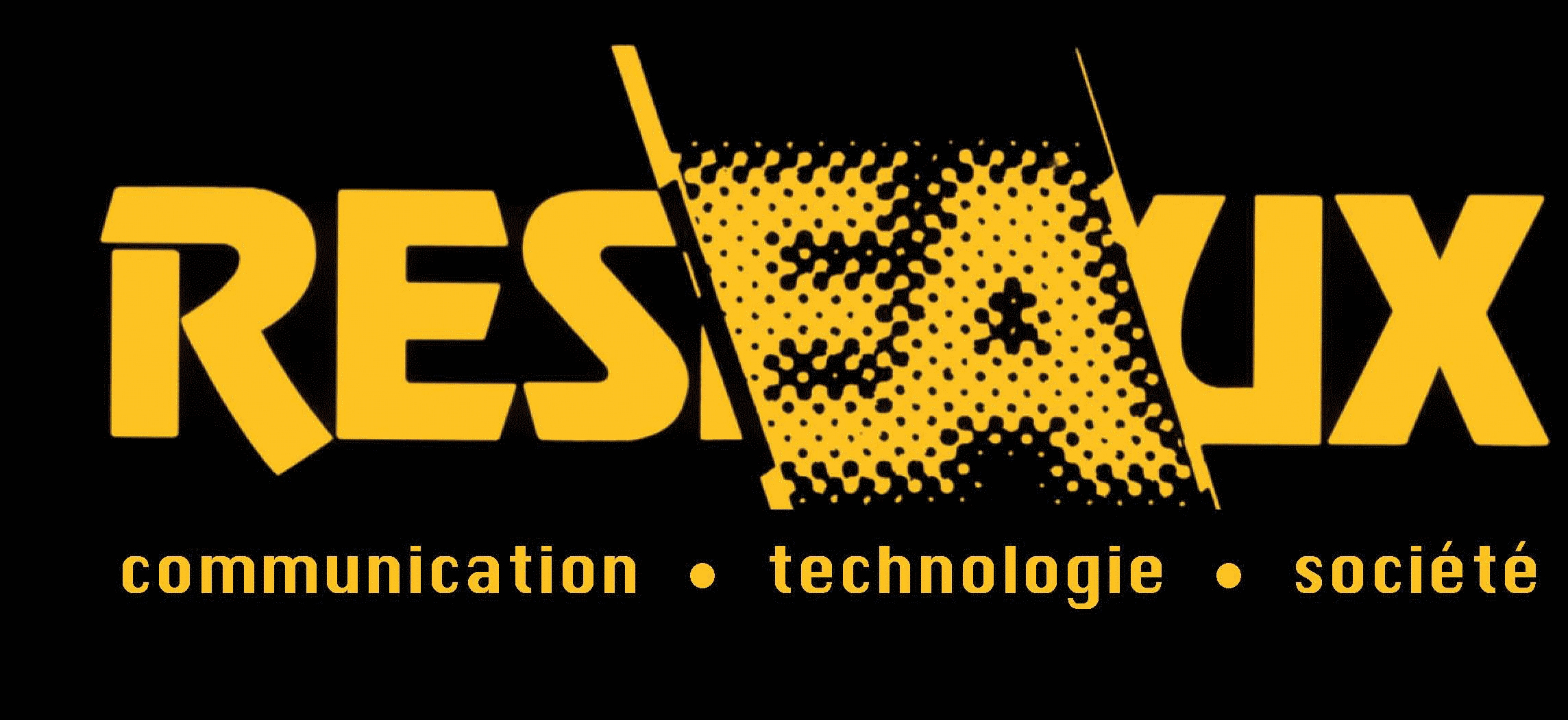From the ‘safe city’ to digital urban security systems
Connected sensors, biometric gates, predictive mapping: more and more digital devices and artificial intelligence systems are being used for security purposes. These new urban security technologies are often presented as the building blocks of ‘safe cities’. This article moves away from this industrial terminology to look at public policies in the field of urban security, using the traditional tools of the social sciences and the contributions of science and technology studies (STS). Contrary to a more techno-centric view, it emphasizes the diversity of public and private actors who contribute to urban security policies, the struggles and collaboration between them, and their ordinary practices. This introduction begins with a genealogy of the ‘safe city’ framework and then engages in a critical dialogue with surveillance studies, seeing surveillance as always being embedded in practices and interactions between social actors, rather than as a uniformly explanatory concept of social relations. It then looks at urban security activities in the light of issues linked to the digitization of work. The introduction concludes with the methodological challenges of such an approach, which is regularly hampered by difficulties of access to the field. These are partially due to the increasingly politicized nature of emerging and complex technologies, as a result of controversies over surveillance and respect for civil liberties.
